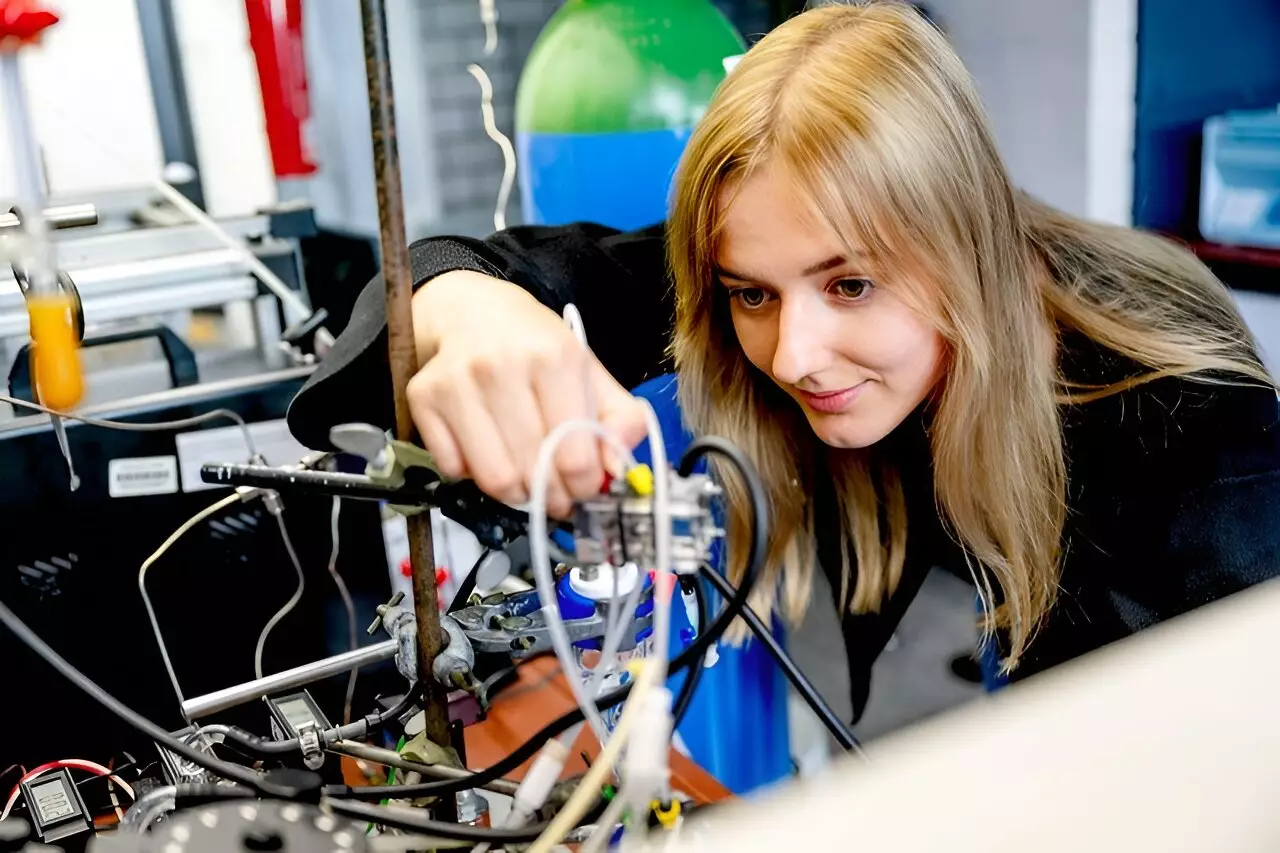In a ground-breaking study by a research team from the University Alliance Ruhr in Germany, a new catalyst has been discovered allowing the conversion of ammonia into both hydrogen and nitrite, a key component in fertilizer production. Traditionally, the production of hydrogen and fertilizer have been separate processes, however, this new approach demonstrates the possibility of combining both on a laboratory scale.
Hydrogen, usually produced by splitting water into hydrogen and oxygen using electrical energy, requires a sustainable source of energy for its production. This means that the energy used for generating hydrogen should ideally come from renewable sources like wind power or solar energy. Countries like Namibia, with an abundance of space for wind power and ample sunlight for photovoltaics, are in a great position to produce hydrogen sustainably.
One of the key factors hindering the widespread adoption of hydrogen as an energy carrier is the significant energy required to liquefy it for transport, due to its low boiling point and the necessity for storage at extremely low temperatures. An alternative concept involves converting hydrogen into ammonia at the production site, as ammonia liquefies at a much higher temperature and has a greater energy density. This makes it a more efficient carrier of energy, allowing for the transport of higher energy levels compared to liquid hydrogen.
To convert ammonia back into hydrogen for use, a process known as the reverse Haber-Bosch reaction is typically employed, where ammonia is broken down into nitrogen and hydrogen. However, in this new approach, the reverse Haber-Bosch reaction is combined with a second electrolysis of water to produce nitrite, a key component in fertilizer production. This innovative method not only enhances the production of nitrite but also increases the output of hydrogen, making the process more efficient and sustainable.
One of the main challenges faced by the research team was finding a suitable catalyst to facilitate the conversion of ammonia into nitrite, as the strong nitrogen-nitrogen triple bond in ammonia tends to convert into nitrogen rather than nitrite. By experimenting with multi-metal catalysts, the team was able to successfully convert a significant portion of the transferred electrons into nitrite, while also minimizing the production of undesirable by-products like oxygen during water electrolysis.
The innovative approach of combining hydrogen production with fertilizer synthesis has opened up new possibilities in sustainable energy production. By finding ways to make the production and transportation of hydrogen more efficient, researchers are paving the way for a future where renewable energy sources can be harnessed more effectively. The successful integration of hydrogen production and fertilizer synthesis not only offers a viable solution to the challenges of energy storage and transportation but also contributes towards a more sustainable and environmentally friendly future.


Leave a Reply